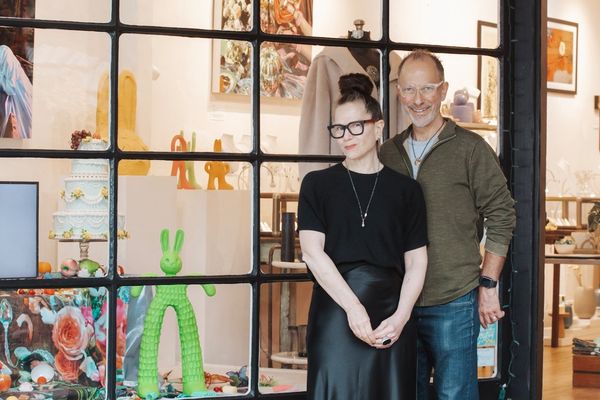You might think that transferring multiple embryos during a fertility treatment cycle will increase the chances of having a baby. However, transferring multiple embryos dramatically increases the odds of having multiples, which has health risks for the baby and the mom.
Multiples increase the risk of potential complications for both mother and child, including preterm delivery, low birth weight, gestational diabetes, and cesarean delivery. But the reality is that multiple gestations have continued to play too big a part in the fertility treatment picture.
To help reduce the number of multiple pregnancies and to promote the birth of one baby at a time, the American Society for Reproductive Medicine (ASRM) and Society for Assisted Reproductive Technology (SART) recently changed their guidelines regarding the number of embryos to transfer during in vitro fertilization (IVF) cycles. They now recommend limiting the transfer of euploid embryos (an embryo with the correct number of chromosomes) to 1 in patients of any age who have a favorable prognosis.
Pacific Fertility Center has been a pioneer in enabling patients to have just a single embryo transferred at a time, through the use of genetic testing and freezing of embryos for later use. At PFC we elect to transfer one embryo in over 90% of patients and our twin rate is 6%. Nationally, clinics perform elective single embryo transfer in 30% of patients. North America has consistently had the highest multiple pregnancy rates in the world but this is changing and should continue to change with the new guidelines.
The numbers tell the tale: Transferring a single embryo has become a big success story. Here's one example: National data from 2013 showed that clinics performing more elective single-embryo transfers (eSETs) in women under 38 have lower rates of multiple pregnancies—but without sacrificing birth rates. In women 42 or younger, the transfer of a single euploid blastocyst greatly reduces the risk of twins, with pregnancy rates similar to those after the transfer of two genetically untested blastocysts.
Accumulating this kind of data is exactly what encouraged us at Pacific Fertility Center to increasingly transfer a single embryo, even in many women over the age of 40. We're proud to say that we've been at the cutting edge of the eSET revolution for several years, always making it our mission to help deliver one healthy baby at a time. // pacificfertilitycenter.com





















